What is the "bystander effect" or Why does a person remain without help in a crowd
Categories: Society
By Pictolic https://mail.pictolic.com/article/what-is-the-bystander-effect-or-why-does-a-person-remain-without-help-in-a-crowd.htmlYou've probably seen videos of various incidents. They often feature people who are in no hurry to help the victims. They just stand there, watch, or film what's happening on their phones. This behavior is outrageous: how can you stand aside when someone urgently needs help?
In fact, there is an interesting psychological phenomenon at work here. It is called the "bystander effect" or "Genovese syndrome." This effect prevents even kind and sympathetic people from rushing to help someone in trouble.
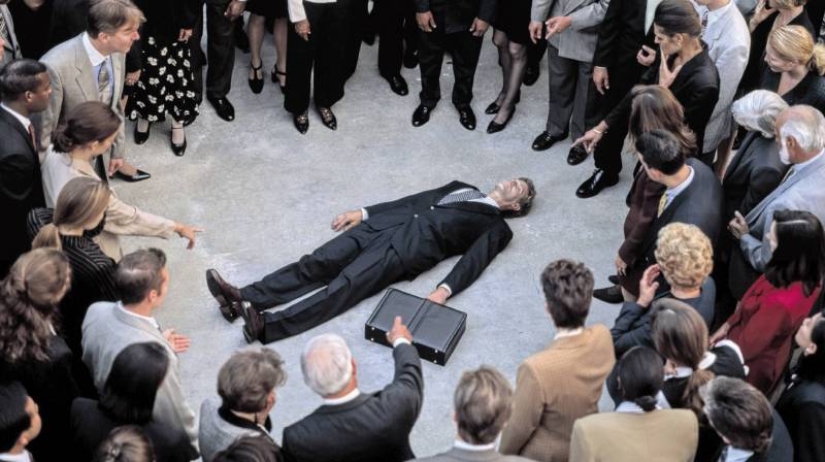
Psychologists have found out that the more people witness an incident, the lower the probability that someone will help. It would seem that logic suggests the opposite - in a crowd, the chance of meeting a person ready to help is higher. However, studies have shown that the situation develops differently. Scientists have found an explanation for this paradox.
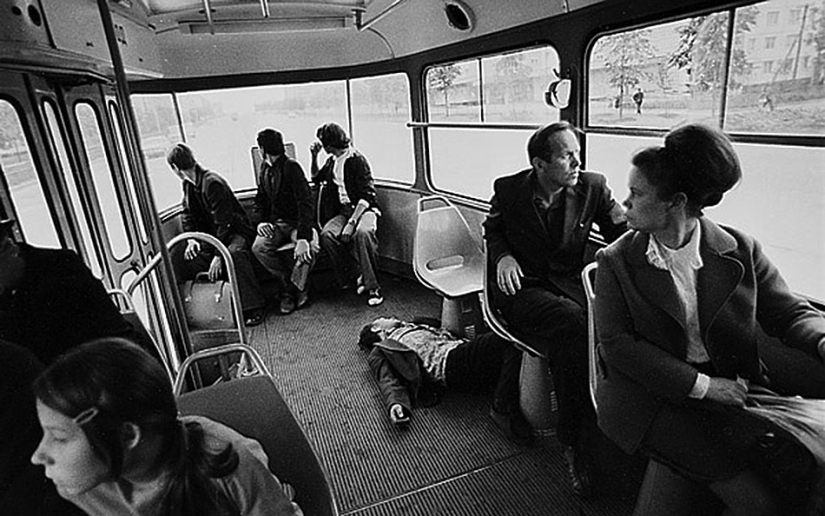
In his book Social Psychology: A Crash Course, American psychologist David Myers describes in detail the essence of the bystander effect. This phenomenon works simply: the more people observe an incident, the less likely it is that someone will come to the rescue. In other words, the likelihood of help decreases as the number of eyewitnesses increases.
The phenomenon was first noticed in 1968. John Darley of New York University and Bibb Latané of Columbia University were investigating a tragedy that had occurred four years earlier. On March 13, 1964, Kitty Genovese was brutally murdered in New York City. The crime was committed in front of many witnesses, but none of them intervened. It was this story that prompted scientists to study the paradoxical behavior of people in such situations.
Immediately after the attack, the girl began calling for help. Lights began to come on in the windows of neighboring houses, and the criminal disappeared for a while. He waited, standing nearby, to understand how people would react. But when he saw that no one had decided to help the victim, he returned and completed his plan.
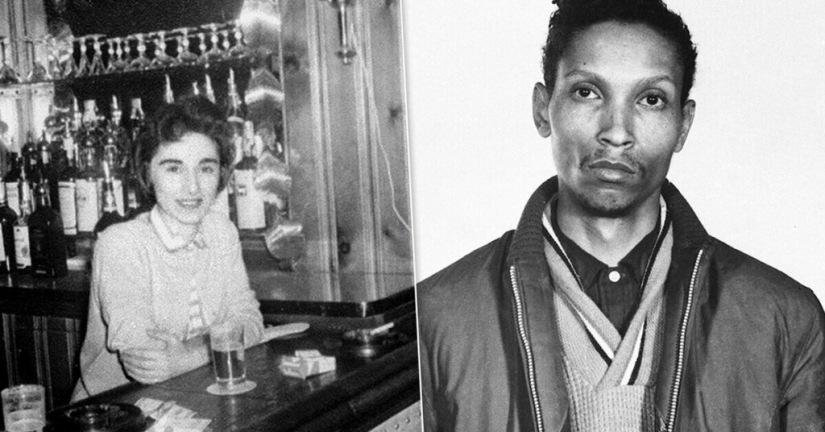
Kitty Genovese died in the middle of the street, in front of dozens of witnesses who watched the events from their windows. No one tried to stop the criminal, no one came out to help the girl, even when he disappeared. She was bleeding, lying on the sidewalk, and the police were called only an hour later. Later, the investigation established that at least 40 people watched the murder.
In his book "Psychology of Helping. Altruism, Egoism, Empathy," psychologist Evgeny Ilyin talks about more than 25 years of research into this phenomenon. It turns out that the bystander effect works not only in criminal situations. It's not about indifference, but about fear.
As an example, the author refers to Vasily Grossman's novel "Life and Fate". In one scene, a prisoner kills another right in a barracks full of people. But everyone else prefers to pretend to be asleep. This is how the mechanism that makes people stay away, even when help is vitally needed, manifests itself.
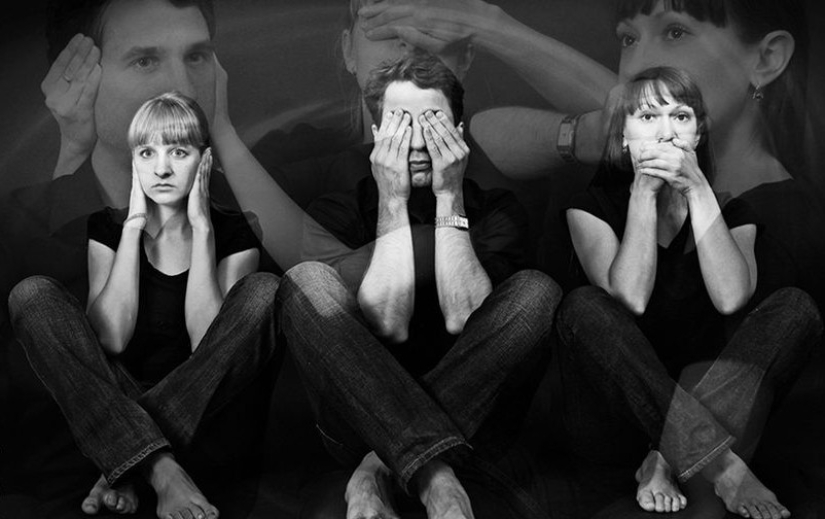
David Myers adds that people are often paralyzed by the fear of seeing the consequences of their intervention. Bystanders usually need time to understand that the situation is truly an emergency. In addition, many are trying to assess how much responsibility they have for what is happening.
It is important to consider the victim here. Research shows that people with disabilities, pregnant women and children receive help faster than others. But people who get into trouble while under the influence of alcohol or drugs risk being left without support.
There is an alternative point of view. Some psychologists believe that the main role is not played by fear or the inability to act quickly. In their opinion, the main reason for inaction is shifting responsibility to others. A person involuntarily thinks: "Why should I do this?" After all, there are plenty of people around who are perhaps better prepared to resolve such situations.
Initiative is drowned in the expectation that someone else will make the first move. Of course, fear also plays a role – many are afraid of so-called witness trauma, realizing that the horror of what is happening will remain in their memory for a long time.
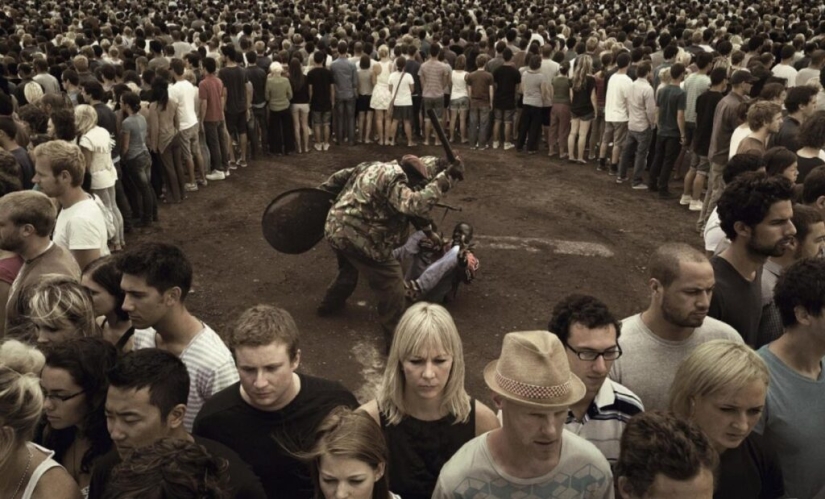
It is worth clarifying that the bystander effect only works in a group of people. The more witnesses there are, the lower the motivation of each of them to come to the rescue. If there are one or two people present, then the chance of getting help from the victim is much higher.
Next time you see a crowd of onlookers at the scene of an accident or fight, don't be surprised. These people are simply succumbing to one of the unpleasant sides of human nature. Now you understand why this happens. Perhaps this knowledge will help you not to stand aside and become the very person who will finally decide to act.
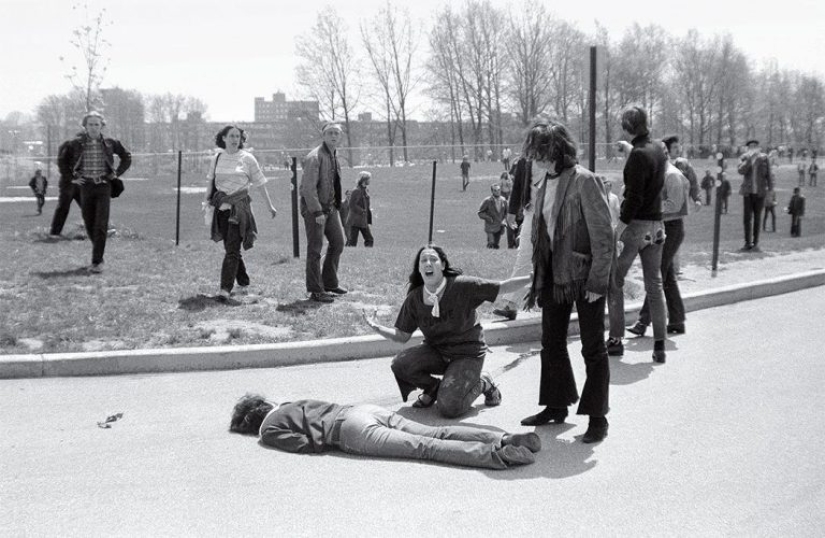
Do you think it is possible to overcome the "bystander effect"? What do you think can motivate people not to shift responsibility to others, but to act decisively in an emergency? Share your thoughts and stories in the comments!
Recent articles

Steve Hanks is the most famous American artist working in watercolor technique. The works of this master are incredibly realistic. ...

American artist from Utah Jeff Christensen (Jeff Christensen) paints oil paintings in the style of surrealism. His canvases are not ...

For a retail outlet to be in demand, it must be conveniently located, offer a wide range of goods and a decent level of service. Or ...